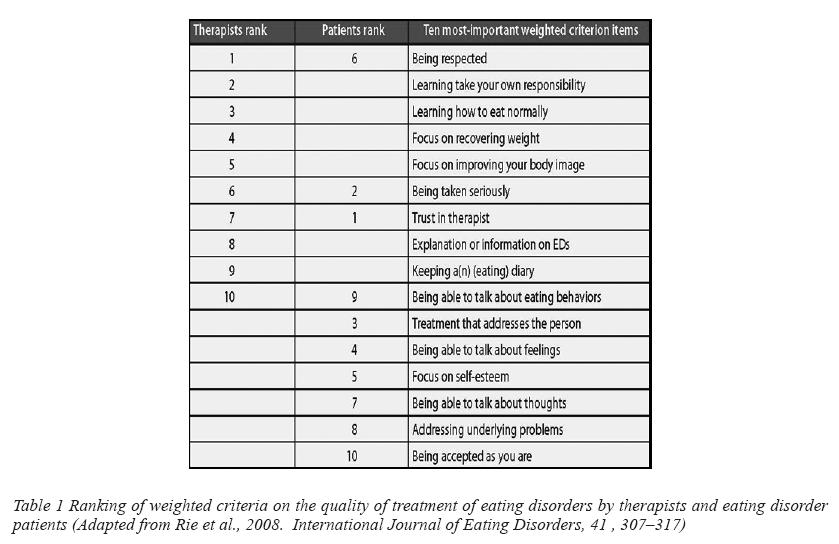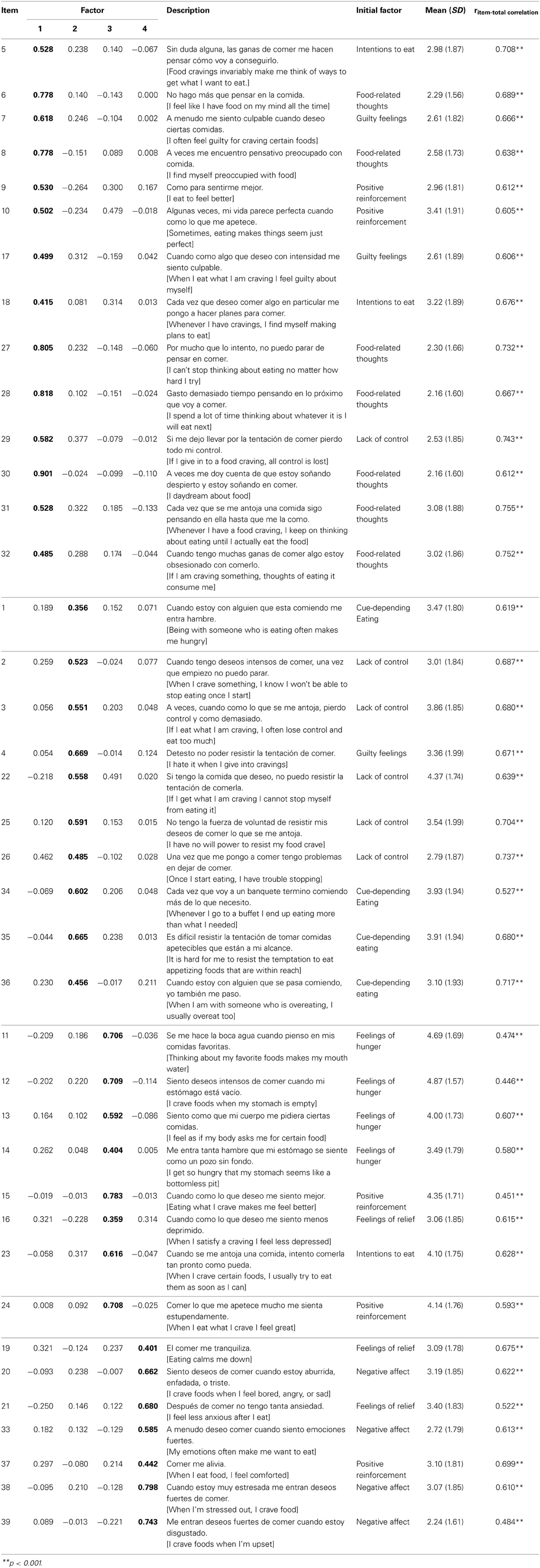

Nutritional deficiencies may lead to significant weight loss, malnutrition, and/or physical health complications and psychosocial impairments in social, vocational, and/or academic functioning that may result from the other-diagnostic criteria. Violations of the restrictive dietary rules may result in extreme emotional distress with feelings of guilt, shame, worries and/or anxiety. Individuals suffering from ON pursue their healthy eating preoccupation by following a strict diet based on food quality (and not quantity) and composition. Dietary restrictions escalate over time and may cause the exclusion of entire food groups (e.g., foods containing any fat, preservatives, food-additives, animal products, or other ingredients considered by the subject to be unhealthy) and excessive amounts of time spent on reading about, acquiring and/or preparing specific types of foods based on their perceived quality and composition. Features include overly caring for one’s health, obtrusive thoughts on being healthy, lack of flexibility in diet, long-term diet planning and negative impact of food choices on quality of life.Īccording to the proposed diagnostic criteria by Dunn and Bratman, individuals suffering from ON are preoccupied with either affirmative or restrictive dietary practices focusing on concerns regarding the quality and composition of meals (“healthy foods”) with strict avoidance of foods believed to be unhealthy. Preoccupation with “healthful” eating may contribute to orthorexia nervosa (ON): “a fixation on eating healthy food” according to the individual’s own criteria (including but not limited to, fixation on organic, and biologically clean products, dietary supplements, raw versus cooked foods, and high or low carbohydrate diets). In some individuals, interest in healthy attitudes and behaviours towards food may show signs of obsession. Therefore, the problem of eating-related disorders is growing more severe in contemporary society. There is a thin line between following a certain diet or exercise program and adhering to a dietary and exercise regimen that causes great discomfort when it cannot be followed. However, even self-destructive habits may be adopted to conform with what people consider “perfect health”. Regular exercise and healthy eating habits are the pillars of this concept which has become part of today’s consumer culture.

Individuals try to reach “perfect health” through individual discipline and moral conduct. In developed Western societies, great attention is being paid to the individual responsibility for one’s health (“new health consciousness”), called “healthism”. The need to eat “clean” and unprocessed foods is becoming more popular among many people and young people in particular. In recent years, the number of different types of dietary styles has been increasing. Level V, cross-sectional descriptive study. Our findings validate the use of the PL-DOS as an appropriate ON measure for a Polish population. Polish students had an ON prevalence rate of 6.6%, lower than that of U.S.

Confirmatory factor analysis showed that the one-factor model had poor fit. Significant correlation coefficients were found between the PL-DOS and all subscales of the EHQ. Reliability analysis for the PL-DOS showed strong internal consistency with a Cronbach’s alpha coefficient of 0.840 and a coefficient omega of 0.840, 95% CI. All participants completed the Polish version of the Düsseldorf Orthorexia Scale (PL-DOS), the Eating Habits Questionnaire (EHQ) and the Eating Disorder Inventory (EDI). Methodsįour-hundred and twelve students (77.2% female) with a mean age of 24.62 years (SD = 6.86) participated in the present study. The objectives of the present study were to: (1) examine the psychometric properties of the Polish version of the DOS (PL-DOS) and to compare the PL-DOS with the English version of the DOS (E-DOS) as well as (2) evaluate the prevalence of ON among Polish university students and compare the prevalence rates of ON among Polish and U.S. Although orthorexia nervosa, the fixation on health-conscious eating behaviour, was first described in the 90 s, there is no clear understanding whether existing ON measures are appropriate for its assessment.


 0 kommentar(er)
0 kommentar(er)
